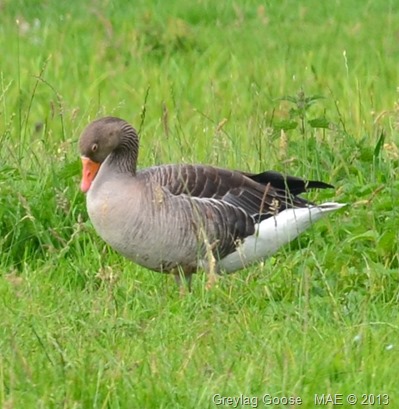 The Latin word for goose is anser. And different geese have been given different scientific names like Anser This or Anser That. But since I am always trying to find the English, Dutch and Latin names for any animal I take pictures of, I found quite some birds that have a scientific name that is just two times the same word. I have started calling them “the originals” and in this blog I will show a few examples.
The Latin word for goose is anser. And different geese have been given different scientific names like Anser This or Anser That. But since I am always trying to find the English, Dutch and Latin names for any animal I take pictures of, I found quite some birds that have a scientific name that is just two times the same word. I have started calling them “the originals” and in this blog I will show a few examples.
The Greylag Goose is indeed called Anser Anser.
As the ancestor of most domestic geese, the greylag is the largest and bulkiest of the wild geese native to the UK and Europe. In many parts of the UK it has been re-established by releasing birds in suitable areas; the resulting flocks (often mixed with Canada geese) can be found around gravel pits, lakes and reservoirs all year round in southern Britain (source: RSBP website).
I took this picture in the Goudse Hout in Gouda (The Netherlands), as I described in my blog of 15th July. And whilst is is just a common goose, I think it is a beautiful bird.
After the goose, it should be obvious to turn to the swan. The Latin word is cygnus and the actual Cygnus Cygnus is the Whooper Swan. I have only come across the three residing in Regent’s Park in London. They are truly majestic and proud swans with their bright yellow beaks and graceful presentation.
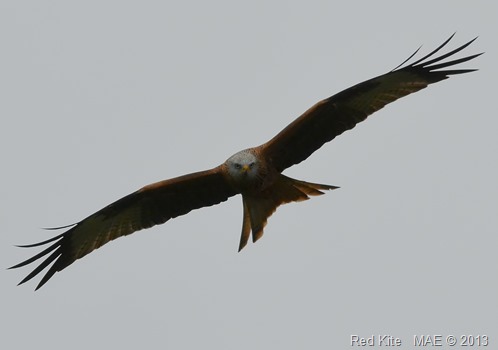 We have all flown a kite when we were young. Or just recently when we were not so young. But the Latin word for kite is: milvus and the bird called Milvus Milvus is indeed the Red Kite.
We have all flown a kite when we were young. Or just recently when we were not so young. But the Latin word for kite is: milvus and the bird called Milvus Milvus is indeed the Red Kite.
This magnificently graceful bird of prey is unmistakable with its reddish-brown body, angled wings and deeply forked tail. It was saved from national extinction by one of the world's longest running protection programmes, and has now been successfully re-introduced to England and Scotland (source: RSBP website).
Nowadays you can see many Red Kites in Oxfordshire and Berkshire, for instance when you are traveling along the M40. They hover over the motorway just like that.
I came across this bird a few times, and when I was in Whipsnade Zoo I was able to take some shots of the bird in flight.
A typical wader is the Northern Lapwing. And this is again one of the “originals”, because the Latin name is Vanellus Vanellus. They are normally found at water edges and have a very distinct green colour pattern.
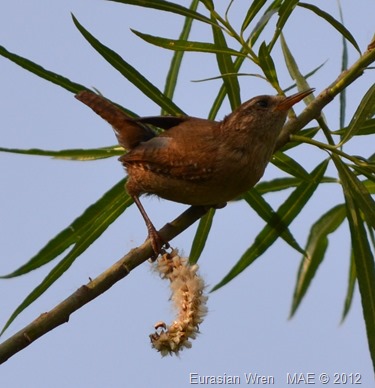 The Eurasian Wren is also one of the “originals”. Their scientific name is Troglodytes Troglodytes. That name is taken from the Greek word "troglodytes" (from "trogle" a hole, and "dyein" to creep), meaning "cave-dweller", and refers to its habit of disappearing into cavities or crevices whilst hunting arthropods (source: Wikipedia).
The Eurasian Wren is also one of the “originals”. Their scientific name is Troglodytes Troglodytes. That name is taken from the Greek word "troglodytes" (from "trogle" a hole, and "dyein" to creep), meaning "cave-dweller", and refers to its habit of disappearing into cavities or crevices whilst hunting arthropods (source: Wikipedia).
There is a story that the birds decided to organize a contest for the bird that could fly the highest. The Wren estimated that he had no chance unless he invented a trick. He hid in the feathers of the Eagle and when the Eagle could not get higher, the Wren began his flight…and won the contest. Since then, he proudly keeps his tail up.
And so we come to the end of this blog. But I cannot just finish, without showing (again) a picture of the Greylag Goose. This last picture was also taken in The Netherlands, near the Reeuwijkse Plassen (lakes near the town of Reeuwijk).
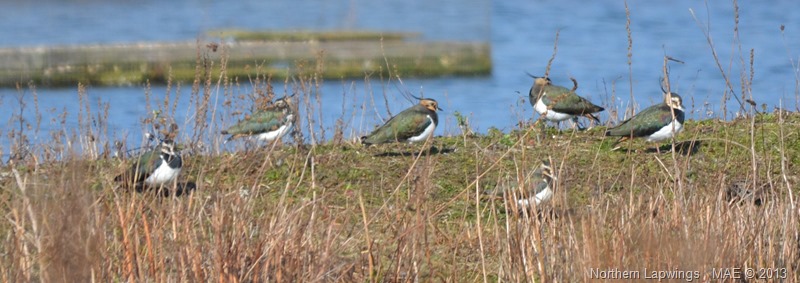
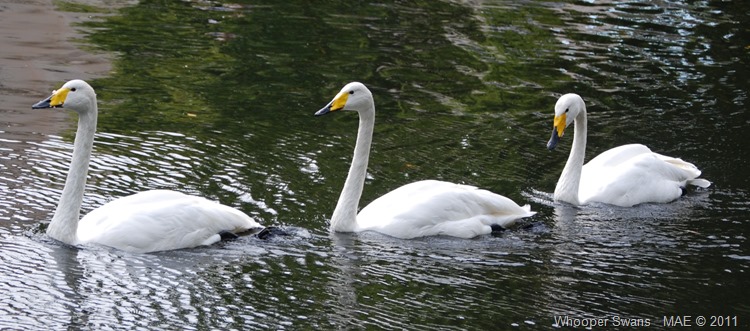
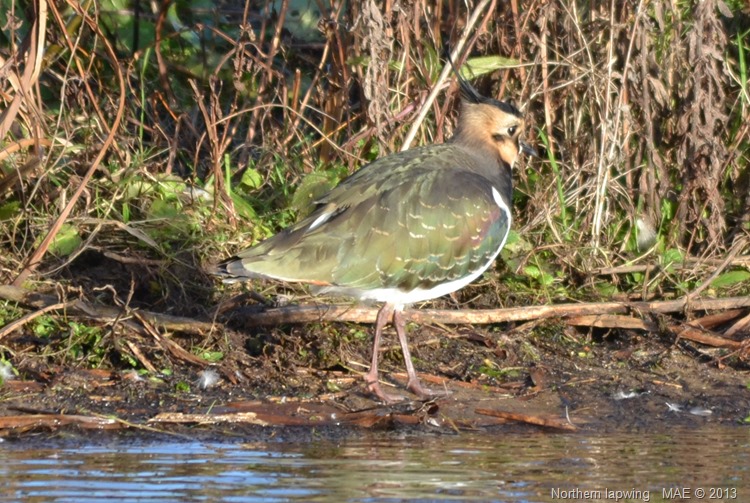
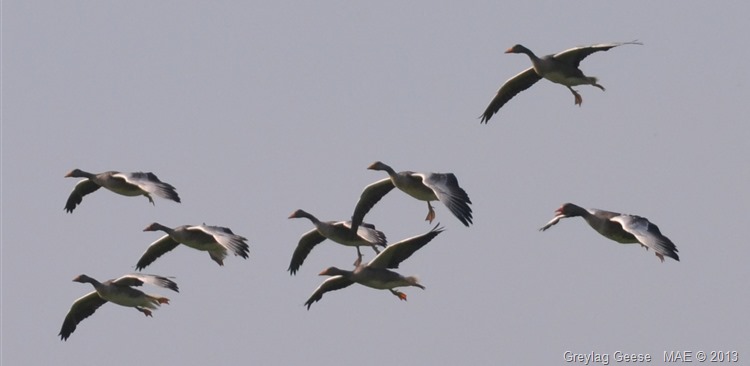
No comments:
Post a Comment